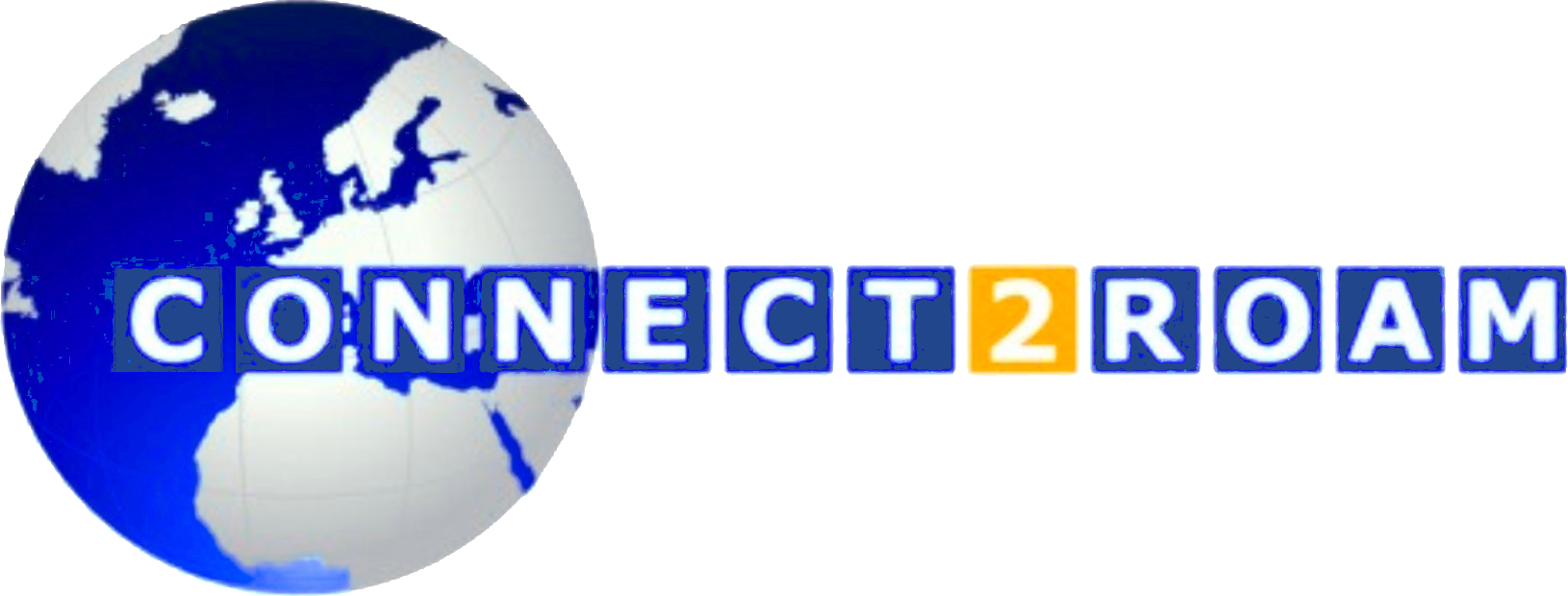When meeting with operators we are often asked about revenue assurance on their roaming business. Is all Inbound traffic being invoiced to our Roaming Partner? Are the right rates applied? Do we receive all TAP files for our Outbound traffic? Are all our TAP files for Outbound traffic of our Postpaid customers, processed in our billing systems at the correct rates? Can the roaming of our Prepaid customers account for the difference between our TAP file volumes and the volumes invoiced to our Postpaid customers? Do we register and accrue all our IOT discounts in a correct way?
Based on our experience these are all very legitimate questions. We have seen examples of operators losing a couple per cent of their roaming revenues because of mistakes in processing, rating, invoicing and settlement.
Based on our hands-on experience with revenue assurance we have developed a Roaming Revenue Assurance Scan. This scan provides you a comprehensive insight on all the relevant revenue assurance risks, detects missing revenue streams and gives recommendations on the checks and balances you can implement in your processes and systems.
This scan provides valuable insights for employees working in the roaming team but also for people working in the IT/Billing, revenue assurance and Finance teams.
The Roaming Revenue Assurance Scan focusses on 4 areas:
Outbound
i. Reconciliation between the traffic volumes charged by the roaming partner and the volumes charged in our retail billing system. Including the volumes handled via the prepaid platform.
ii. Reconciliation between TAP volumes & volumes registered in our own network (GGSN, MSC, SMSc)
iii. Rates applied ( especially relevant of course when we have moved to the zoned/flat rate retail offer)
iv. Margin analysis
Inbound
i. Reconciliation between the traffic volumes from our own network/billing and the ones reported by the data clearing house.
ii. Rates applied.
a. For a 1 year period reconcile the TAP charges against the total invoice values. Evaluate the process of invoice checking.
b. Reconcile the settlements against the invoice values and accrued discounts. Evaluate the process of accruals & settlement of roaming discounts.
c. Review outstanding positions
Based on the results of the reconciliations identify the “weak” processes and provide concrete recommendations for improving the process.
Evaluate the roaming fraud procedures.
